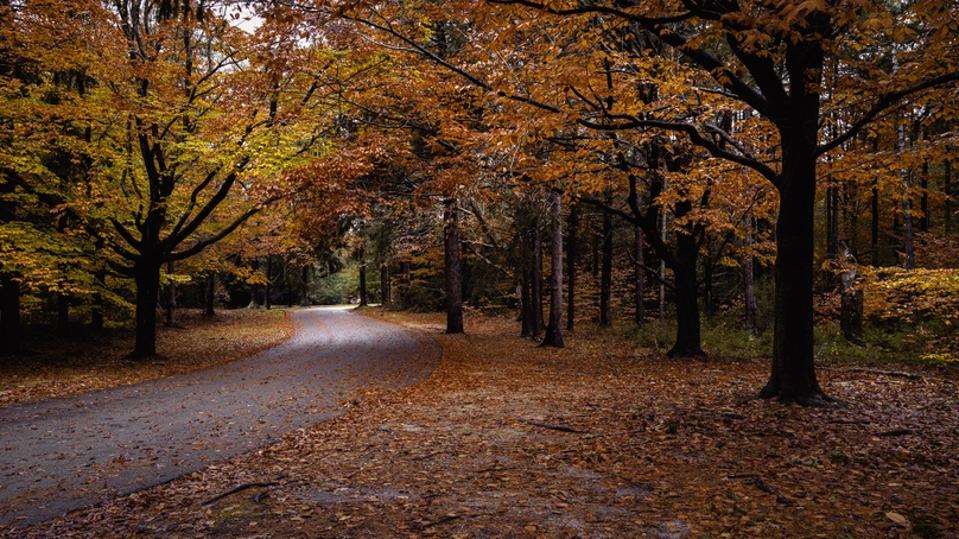The Beginning of Autumn and Seasonal Landscapes
Autumn in the Northern Hemisphere brings one of nature’s most anticipated events: the transformation of leaves into vivid colors. As days grow shorter and temperatures drop, trees gradually shift from green to brilliant shades of orange, yellow, and red. This change is not merely visual; it is part of the trees’ preparation for winter, storing nutrients before shedding their leaves.
Factors Influencing Peak Color
The timing of peak foliage varies widely across regions. In northern states, the process often begins in mid-September, while farther south the colors peak later. Interactive foliage maps provide estimated dates, but local conditions such as temperature, elevation, rainfall, and soil composition ultimately dictate the timing.
In many areas, the most vibrant colors appear between late September and mid-October in the Northeast and Northwest, with mountainous regions to the south following in the weeks after. However, heavy rain or strong winds can shorten the peak season, while sunny days paired with cool nights tend to prolong it.
Climate Change and Tourism Impacts
Research shows that climate change is gradually altering foliage patterns. Compared with the mid-20th century, the peak season is now occurring about a week later on average. Warmer springs may trigger early changes, while warmer autumns delay them.
Fall foliage is also an important economic driver. In New England, seasonal tourism generates billions annually, as travelers seek scenic views in towns, mountain ranges, and national parks.
Tips for Experiencing Fall Colors
To make the most of the season, experts recommend exploring different elevations, wetlands, and varied landscapes. Shrubs, ferns, and other understory plants also contribute to the colorful scenery and should not be overlooked.
Ultimately, while foliage timing cannot be predicted with absolute precision, opportunities to experience stunning landscapes remain abundant throughout the fall months across the country.







